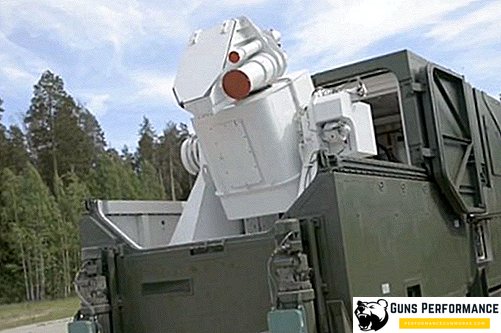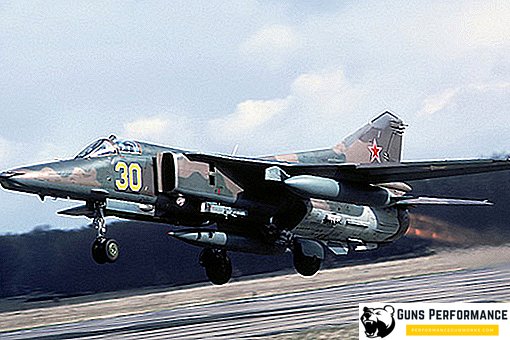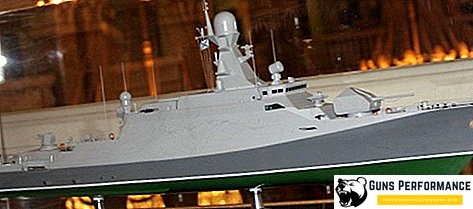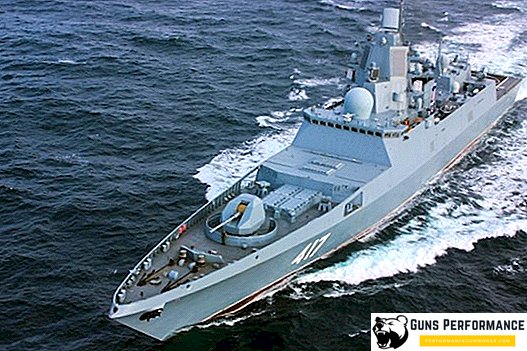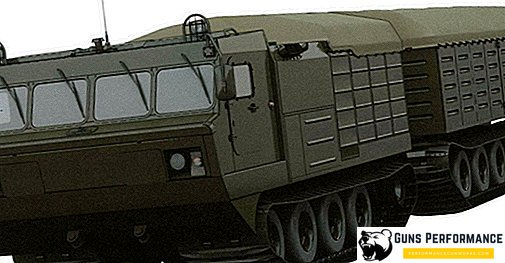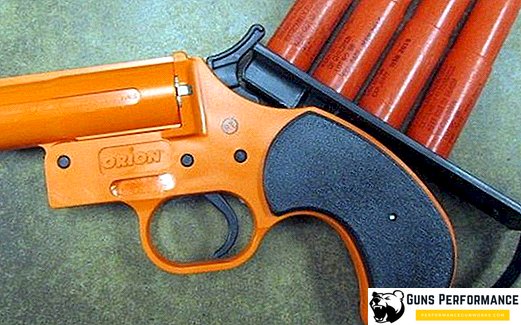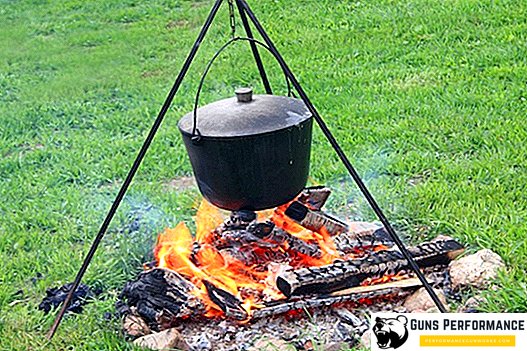
Soldier's bowler is an invariable companion of warriors for many millennia, because the opportunity to cook full hot food was highly appreciated by soldiers at all times. The kettles could be large, for public use or individual, which each soldier wore independently.
Ancient fire pot
The first military cauldrons, which were found by scientists during excavations, belong to the era of ancient Greece. The soldiers of the Greek army highly appreciated the copper pot, which in those days was worth a lot and was a welcome prey for anyone.
Excavations of ancient Roman cities showed that in the era of the reign of Rome, the army pot was used by soldiers in all the legions of the Roman Empire. In order to cook hot food, it was necessary:
- Make a bonfire;
- Set a tripod for a pot over the fire;
- On the tripod hang the kettle itself.
The barbarian tribes of that era, especially the Celts, used kettles for magical rites. A silver pot of ancient Druids was found, which was decorated with gilded tablets depicting gods.
The medieval medieval bowler was not much different from the bowlers of the Roman Empire, and was rarely individual.
Kettlers during the First World War

In Germany, from the beginning of the First World War, the bowls of the Kaiser army of the 1910 type were used. They proved to be excellent during the war and were modernized in 1934. The combined kettle was made of enameled steel. Its volume was two liters. The pot itself consisted of two parts - a lid (which was used as a bowl or a frying pan) and the pot itself.
In the USSR, during the First World War, cauldrons of the tsarist army were used (model of 1899). When they were missed, the production of their models, which completely copied the aluminum pot of the tsarist army, was established, despite the fact that in Europe everyone had switched to a combined pot, similar to the German model of 1910.
After the modernization of the German pot in 1934 (changes affected only the size of the pot) in the USSR began to develop its model. which almost completely copied the German pot. In 1936, this model was adopted as the standard military bowler of the Red Army.
Kettle WWII

During World War II, bowlers did not differ in special diversity. Practically all military bowlers copied the bowler of the Bundeswehr, model 1934, with their form. The USSR Army used its 1936 model (which was a copy of the German Kochgeschirr).
Overview of materials used for modern bowlers

The main materials for the manufacture of modern bowlers are:
- Stainless steel;
- Cast iron;
- Aluminum;
- Titanium.
Consider the advantages of each material in detail.
Steel kettles are the most inexpensive. Stainless steel pot is light enough, but can burn out on the fire. If you use a camp bowler just a few times a year, stainless steel is perfect. With rare operation it will be enough for five years.
Cast iron pot is rarely used in campaigns, although the food is cooked in it perfectly. Great weight makes it unsuitable for long hikes. If you travel by car, the cast iron pot is a great option.
Aluminum pots are light, non-corrosive and very rarely leak. The disadvantages of their use include the higher price of the product and the fact that the food can greatly burn during cooking.
The titan's bowler is an ideal assistant in a campaign. It is light, the food in it does not burn and remains hot for a long time. The only drawback of titanium cookware is the high price, which is 10 times higher than steel equivalents.
Tripod for a bowler with his hands

Tripod for the bowler - a very useful thing in the campaign. Without it, it is unlikely that it will be possible to cook food in a pot. You can find two rattles in the forest, put a cross stick on them and use such a primitive and disposable tripod, or you can buy a tripod in a specialized shop. Only the price of this product is quite high. It is better to make an inexpensive tripod with your own hands.
For the manufacture will need:
- Mounting rail;
- Bolts and nuts;
- Steel cable or wire;
- Metal chain;
- Nail or hook.
The slats are cut into three pieces, one meter each (for compactness one can also cut each one in half, making them collapsible with screws). Then we tie the upper ends of the rails with wire or cable so that the legs form a triangle. From above fasten a nail with the bent end or a hook on which the chain with a hook for a kettle is hung up. Your homemade tripod is ready to use.
The best models of bowlers used by modern tourists and hunters
- The most common in the CIS is the Russian army bowler. This is a pot with a lid, which is a plate or a frying pan (not everything can be heated in it, but frying is undesirable). The advantages of this model are low price and a special hook on the handle for a fire. The water in the pot boils fine, but you shouldn't fry in it, it will lose its appearance, the paint will peel off, and it will burn;
- German field pot with a lid From the domestic product is different workmanship and the presence of an aluminum bowl, which is included in the pot. The design of this pot has not changed since the Second World War;
- Bowler flask BW. Used by NATO troops and many foreign tourists. In view of the high price, we are not very popular;
- The Airborne Assault Bowler is our version of the NATO flask. For its production, thicker aluminum is used than in conventional Russian military bowlers. Disadvantages relate to the design of the flask, namely the shape of the tube.


Choosing a pot for a hike - a responsible matter. Choose the model that is most suitable for you. If you prefer to travel by car, it is better to buy a cast iron pot, and if you go on long hikes - take a look at the bowls made of titanium.


